Last Updated on 28.08.2024 by hrushetskyy
Are you aiming to figure out what the biggest tires you can fit on your truck are? Determining the right fit involves more than just scale. Ground clearance, wheel well dimensions, and your vehicle’s suspension are important factors to consider. But don’t worry—in this Guide, our UTires expert lists all the limitations and opportunities for maximizing tire size on your rig.
Determining the maximum tire size for your truck
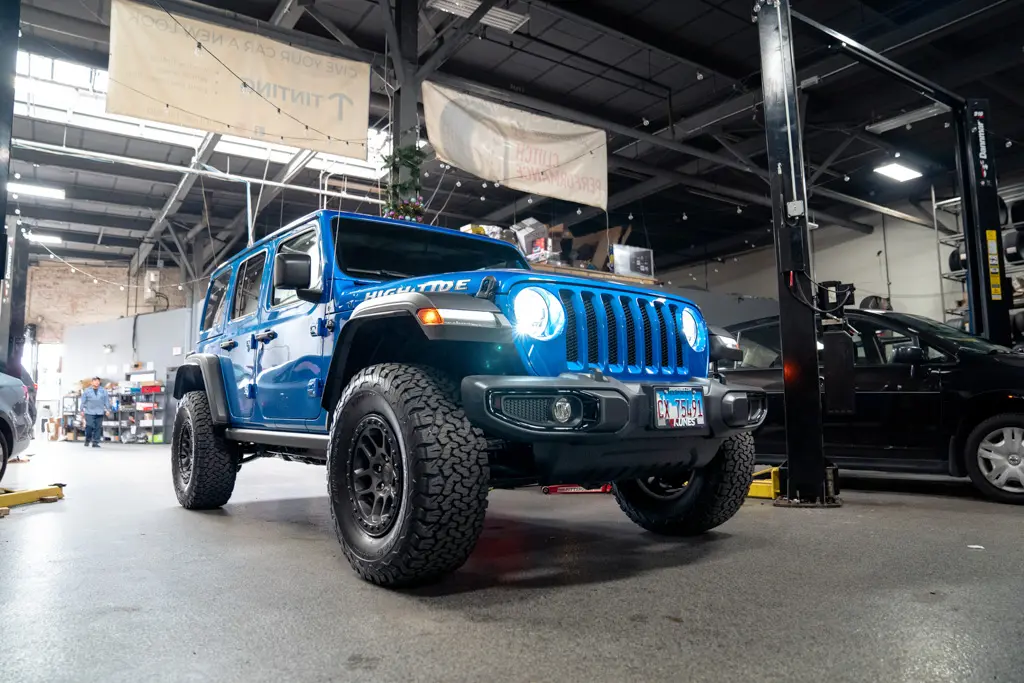
Before upgrading your tires, you must find the maximum size your truck can accommodate without risking safety or performance. Firstly, look into your truck’s manufacturer recommendations. You can find them on a tire’s sidewall, a sticker by the driver’s doorjamb, or the owner’s manual. There, the vehicle manufacturer suggests the most suitable sizes of tires (both bigger and smaller) for the car. The two most important factors influencing your final choice are your truck’s model and the rims’ size. On average, if your truck isn’t lifted, you can fit tires up to 33”. In case the vehicle is lifted, you can find a good set of 37” or larger tires to fit.
However, you must make some measurements to learn what your truck needs.
The importance of wheel well clearance
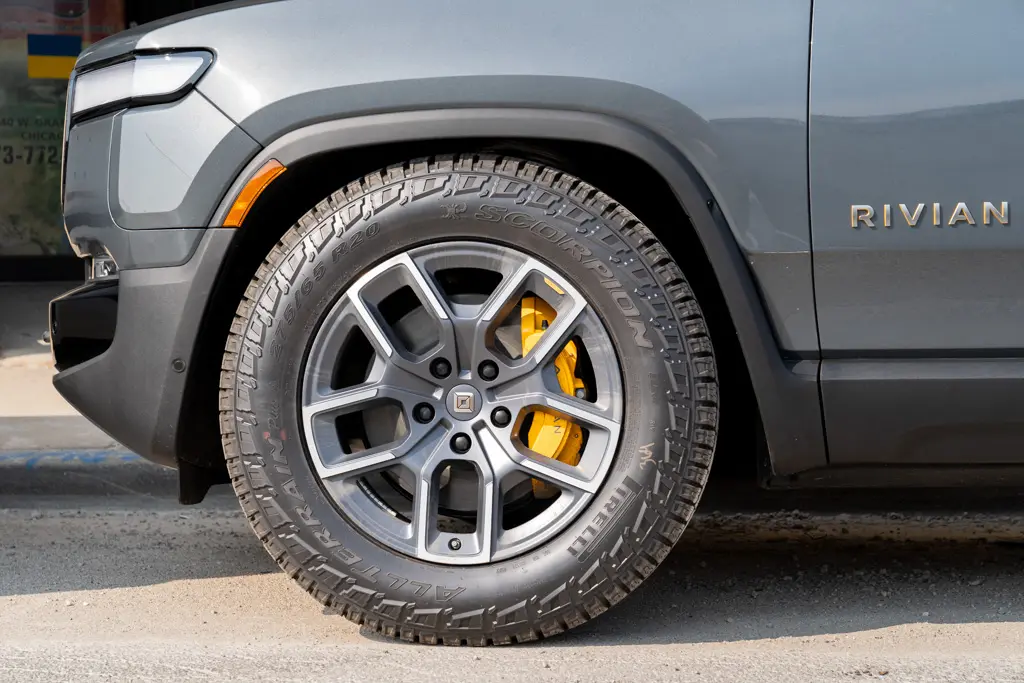
Wheel well clearance is the guardian of your tires’ longevity and your safety on the road. Larger tires must fit snugly without interacting with the fender, as such a tryst could result in tire damage or worse. Measuring the wheel well clearance is all about precision. You must compare the combined height of the tire and wheel against the space under the fender while considering the sidewall height of the tire and wheel.
Sometimes, you’ll need wheel spacers or non-standard offsets to achieve the desired stance, potentially calling for fender flares to protect your truck’s finish and fit those wider tires. And remember, the 3% rule is your guide to maintaining the optimal tire size and wheel well clearance.
Understanding lifts and leveling kits
A body or suspension lift kit can raise your truck by 3” or more. There are pros and cons to lifting the vehicle, and you should consider them before using a kit.
These kits aren’t just accessories; they’re transformative tools that unlock the potential for larger tires and heightened off-road prowess.
While leveling kits strive to achieve an even stance between the truck’s front and rear, lift kits aim for the sky, lifting the entire truck and expanding the fender well clearance to welcome those larger, more robust tires without interference.
Choosing the right kit for your truck
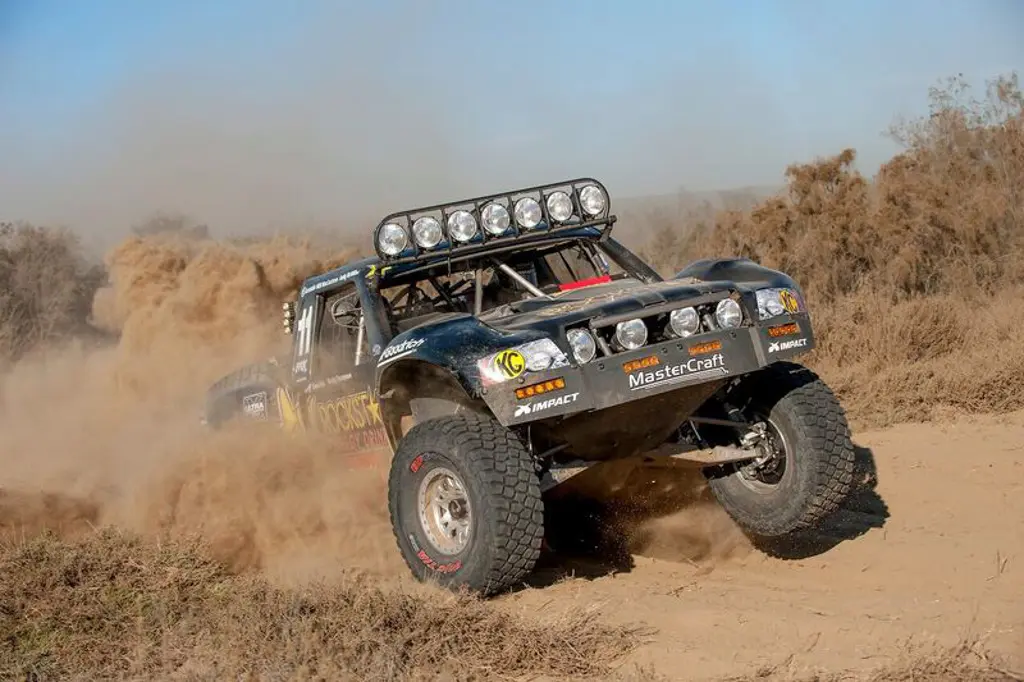
Selecting the right lift or leveling kit for your truck is akin to choosing a suit—fit and quality are the key. Consider the make and model of your truck, the desirable height, and your budget, making sure the kit was produced by a reliable brand. Installation of such kits is not a trivial task. It typically requires specialized tools and a professional’s touch, especially since a proper wheel alignment post-installation is critical to avoid uneven tire wear and compromised handling.
Work with precision, follow the manufacturer’s instructions to the letter, and if your workspace is more chaos than calm, it may be best to enlist professional help.
Body lift kit
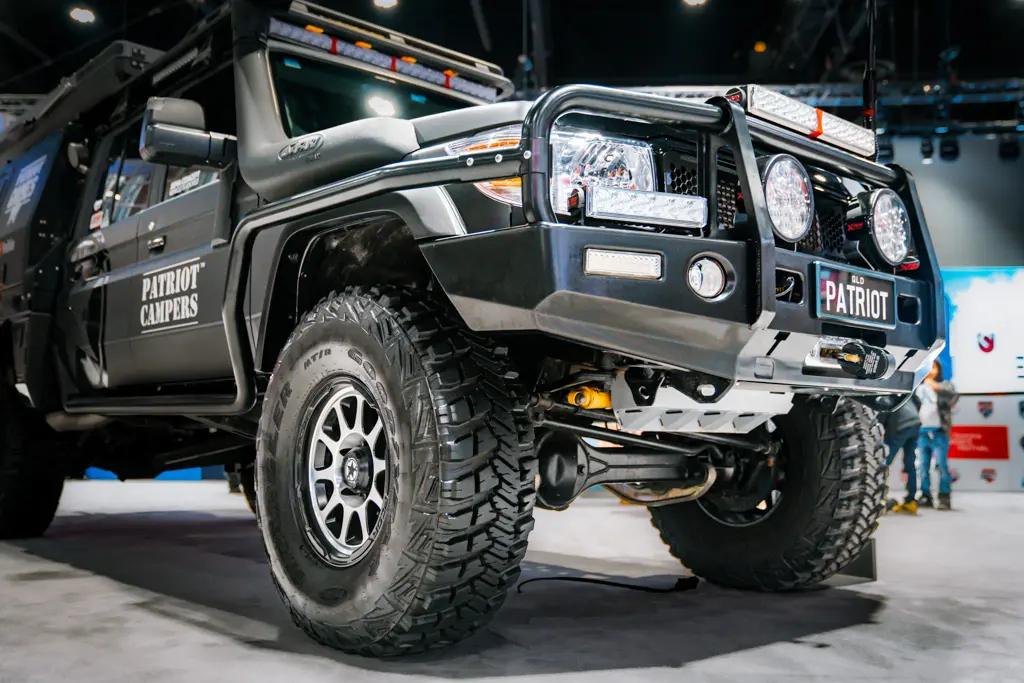
The kit includes spacers and details to fit them. They are put between the bed and cab parts of the truck, usually on top of the original bushings. The suspension and other inner parts keep their position and distance from the ground. You may also need to modify your bumpers and extend the steering column shaft to fit the new height. These kits will allow you to choose the biggest tires to fit on your truck.
The advantages of body lift kits are:
- More intense looks
- More clearance
- Ease in installation
- Price-effectiveness
- No impact on the quality of the ride
- No wheel alignment is required
The disadvantages of body lift kits are:
- A gap between the frame and the vehicle’s cab and/or bed
- Slightly increased center of gravity
- Exposed trailer hitch
- No considerable improvements in performance
- Maximum lift is 3”
Body lift kit cost
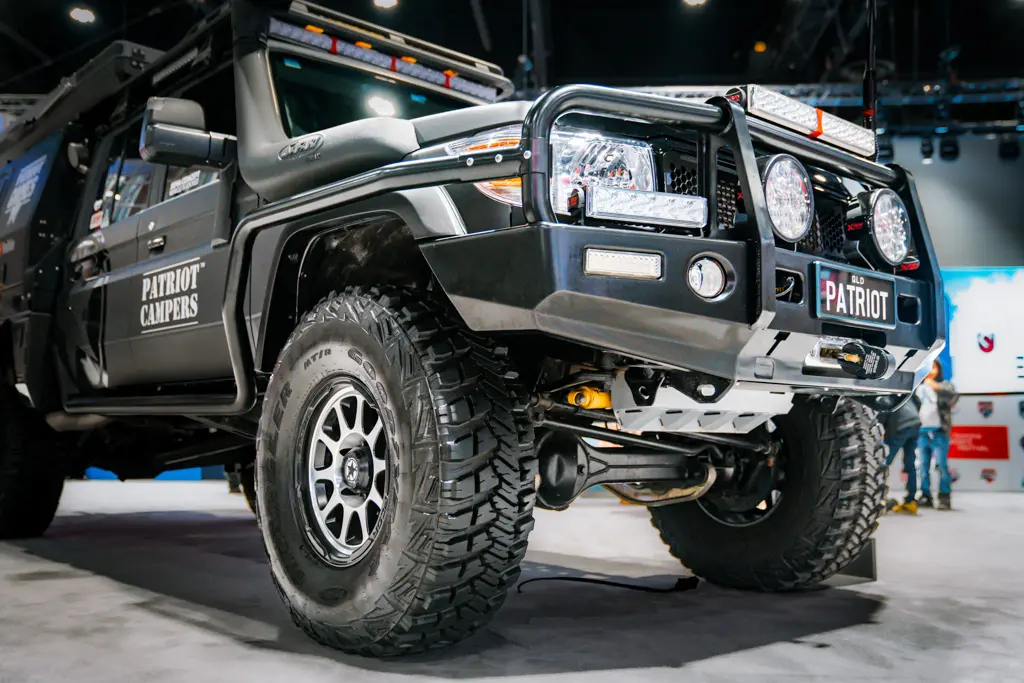
Body lift kits may cost $110 to $600, while some premium kits might cost about $800. Depending on the kit and the shop, the installation will cost about $400-$1,200.
Suspension lift kit
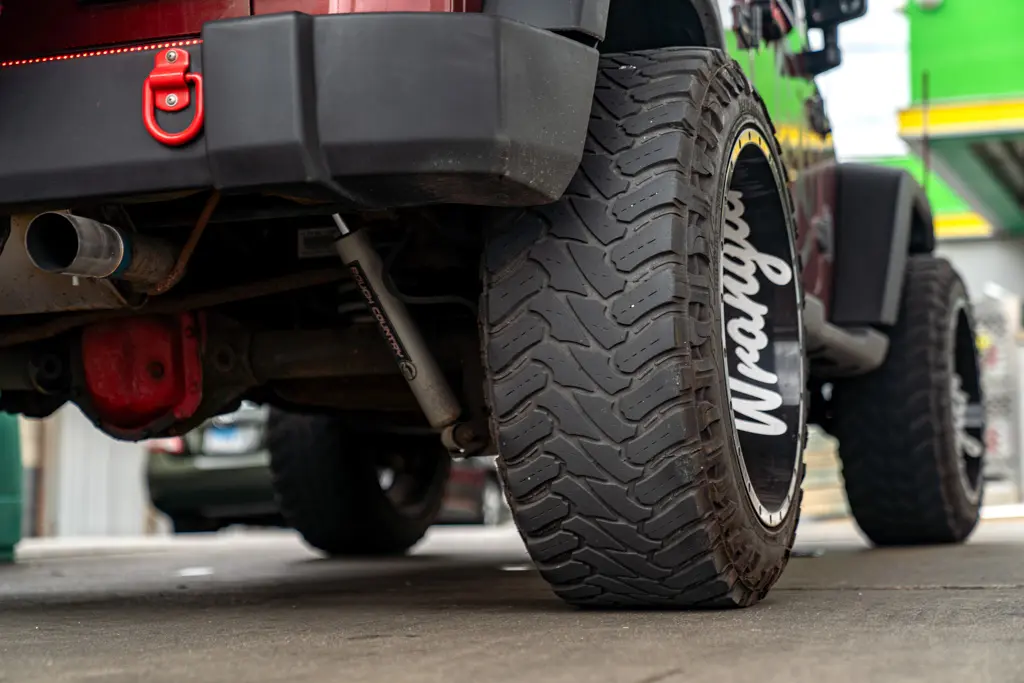
In this case, you get more clearance by spacing down the current suspension or replacing it with a new one. The latter will give longer coil springs and spacers, taller leaf springs, different supplements for them, lifted control arms, etc.
The advantages of suspension lift kits are:
- Improved looks
- More clearance
- More suspension performance in off-road conditions
- Possibilities to lift the truck higher to get the biggest tires to fit on your truck
- More choice options, price- and height-wise
The disadvantages of suspension lift kits are:
- Considerably higher center of gravity.
- The price may be high if you want a competitive kit.
- The ride may become rougher
Some enthusiasts prefer to install both kits on their vehicles, but it’s not recommended. The truck may become too top-heavy, causing issues that the kit manufacturer’s warranty may not cover.
Suspension lift kit cost
Suspension lift kits may cost anywhere from $300 to $2,000. Depending on the type of kit you buy, the installation at a tire shop may cost from $400 to $1,200. The cost will also depend on the tire shop or dealership you go to.
Installation considerations
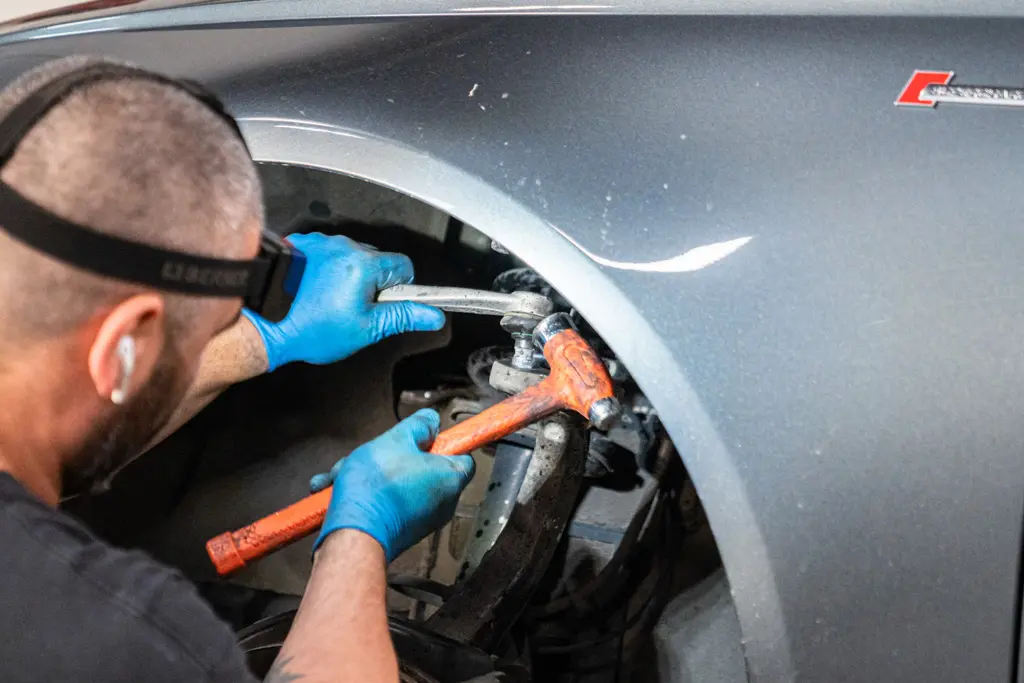
As you set your sights on a lift or leveling kit, consider the tire size, the off-road performance you opt for, and the structural support your vehicle offers for additional weight. The installation process may lead to replacing factory shock absorbers or springs with sturdier components included in your chosen kit. It’s a delicate task, adjusting driveline and steering geometry to prevent vibrations and excessive wear on crucial parts like U-joints and ball joints.
If you’re aiming for higher lifts, be prepared for further modifications to the driveshaft, shock absorbers, and brake lines to maintain the integrity of your truck’s components. Post-installation, your truck will look different and handle differently, with an elevated center of gravity affecting its dynamics. Sometimes, a bit of fender trimming is required to accommodate your new, larger tires.
Pros and cons of modifying your truck
Modifying your truck with larger tires and a lift kit is a decision that comes with its own set of scales. On one side, there is the undeniable allure of improved off-road capability and a more aggressive stance; on the other, there are the sobering realities of handling changes. A higher center of gravity may challenge stability at highway speeds and during cornering. The ride quality may shift from comfortable to stiffer, a trade-off for the ruggedness of such modifications.
Plus, the installation of oversized tires could have the following effects:
- Accelerate wear on suspension components, leading to a more frequent replacement of struts and shocks
- Introduce more noise on highways
- Demand a higher investment in specialized tires
While your truck might turn heads and ford rivers with ease, it’s important to consider these potential drawbacks.
Aspect ratio and its role in tire sizing
The aspect ratio—a seemingly innocuous percentage—is, in fact, a critical factor in the tire sizing equation. It expresses the sidewall height relative to the tire’s width and plays a key role in how your truck handles the road.
When deciphering P-metric tire sizes, the initial number reveals the tire’s width in millimeters, while the second number, the aspect ratio, dictates the height of the tire’s profile. A lower aspect ratio, such as a 60 series, can sharpen your truck’s handling, making it more responsive than a tire with a higher aspect ratio, like a 75 series, which may offer a more cushioned ride.
Exploring tire size classifications
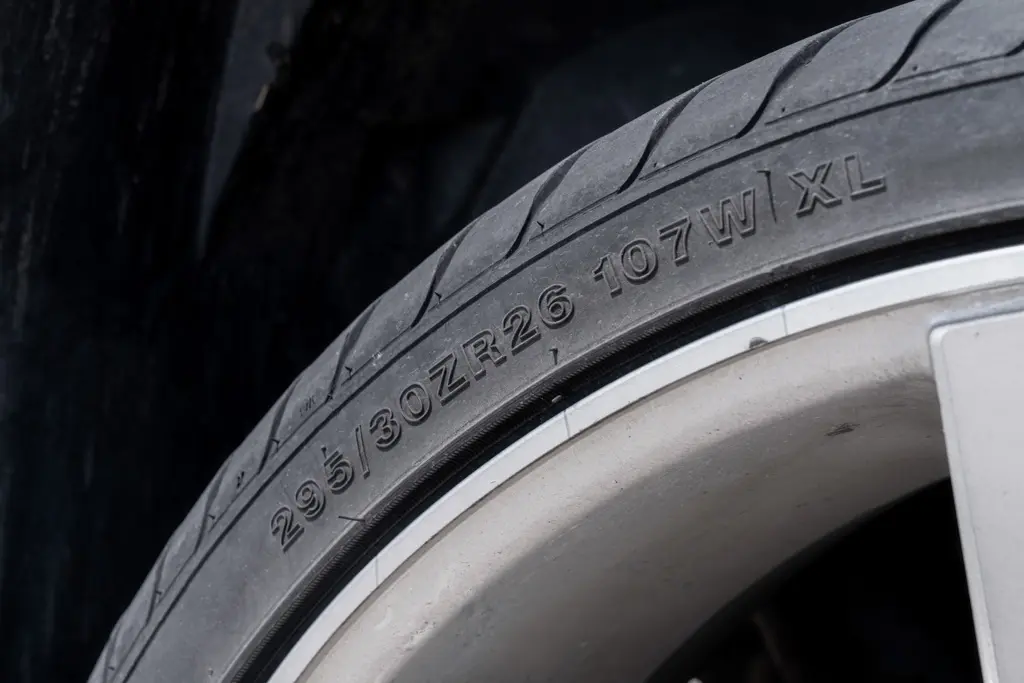
There are two tire size classifications: the Imperial, also known as flotation sizes, and the P-metric system. The Imperial system, measured in inches, resonates with truck and SUV enthusiasts, as it simplifies dimensions to height, width, and stock wheel diameter. On the other hand, P-metric sizes are a medley of millimeters for width, percentages for aspect ratios, and inches for wheel diameters. When it comes to choosing the right size tires for your truck, understanding these systems is very important.
Both share the endpoint of load index and speed rating, ensuring that the tire you select can meet your vehicle’s performance demands.
P-Metric System
The P-Metric system is mostly used for passenger vehicles. It considers various elements, such as tire width, aspect ratio, construction type, and rim diameter.
Example: P205/75R15 92H
- P: Passenger tire
- 205: Section width in millimeters
- 75: Aspect ratio (height is 75% of the width)
- R: Radial construction
- 15: Rim diameter in inches
- 92: Load index
- H: Speed rating (130 mph / 210 km/h)
Imperial System (Flotation Sizes)
The Imperial system, aka flotation sizes, is typically used for light truck tires and off-road tires. It uses inches to describe the overall tire diameter and width.
Example: 33×12.50R15LT
- 33: Overall diameter of the tire in inches
- 12.50: Cross-sectional width in inches
- R: Radial construction
- 15: Rim diameter in inches
- LT: Light truck designation
P-Metric vs. Imperial tires
P-Metric tires are commonly used in passenger vehicles. They provide a balance of comfort, performance, and fuel efficiency.
Imperial/Flotation tires are used for light trucks and off-road vehicles. They emphasize durability and the ability to handle larger loads and rough terrain.
Compatibility with light trucks and passenger vehicles
When it comes to selecting tires for your light truck or SUV, you must take into consideration the compatibility of tire types. All-season tires, which can handle heavy loads and offer versatile performance, are a staple for light trucks. Winter and snow tires stand out in cold and snowy conditions, providing a superior grip that benefits both light trucks and passenger vehicles alike. However, these tires may wear faster, affecting stopping distances on clear roads.
The impact of weight on tire size choices
Another important factor to consider while making size choices is your vehicle’s weight. Each tire has a load index that indicates the maximum load it can bear when properly inflated. Heavier vehicles need high-load index tires to support their bulk safely and securely. The load range, designated by letters like B through F, ties directly to a tire’s capacity to handle pressure and weight, making higher load ranges essential for the rigorous demands of work trucks.
Ply rating, akin to a tire’s muscle, flexes its strength and weight-handling ability, an attribute that’s particularly important for commercial trucks with their hefty carrying requirements. If your truck has undergone modifications, such as the addition of service bodies, it’s likely packed on some pounds, necessitating a step up to higher-rated tires for a safe and compliant ride.
Navigating tire brands and models
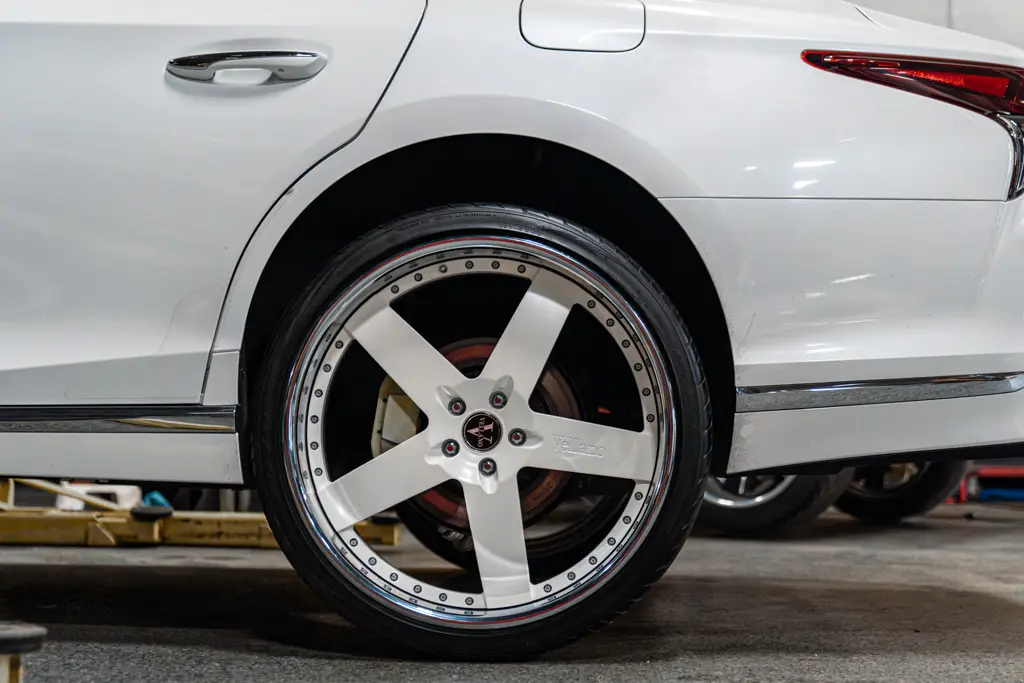
With so many tire brands and models vying for your attention, finding the perfect fit for your truck can feel like navigating a labyrinth. Michelin Defender, renowned for its traction in both wet and dry conditions, is a stellar choice for those who spend most of their drive time on highways.
If your ambitions are to go bigger, consider Yokohama Parada’s 305/45/22 tires as a formidable option beyond stock sizes. For those who face snowy adventures, Michelin Agilis CrossClimate tires carry the Three Peak mountain snowflake symbol, signaling their prowess in snowy conditions. In fact, they are considered the biggest tire in terms of performance in such weather. They are engineered for stability during towing and promise a quieter ride compared to many OEM tires.
Calculating the biggest tires you can fit using the 3% rule
The 3% rule is your compass for safe tire upgrades, making sure that your truck’s new footwear is neither too tight nor too loose. Adhering to this guideline means that the biggest tires you can safely fit on a stock suspension truck should not exceed a 3% increase in height and width from the factory-equipped tires. Stepping over this boundary can lead to a mischievous speedometer that whispers slower speeds than your actual pace, a trick that could entangle you in legal snares if your truck’s speed is questioned.
When plotting your tire size changes, arm yourself with a tire size calculator to pinpoint the precise dimensions within the safe 3% rule.
Custom solutions for those who want to go big
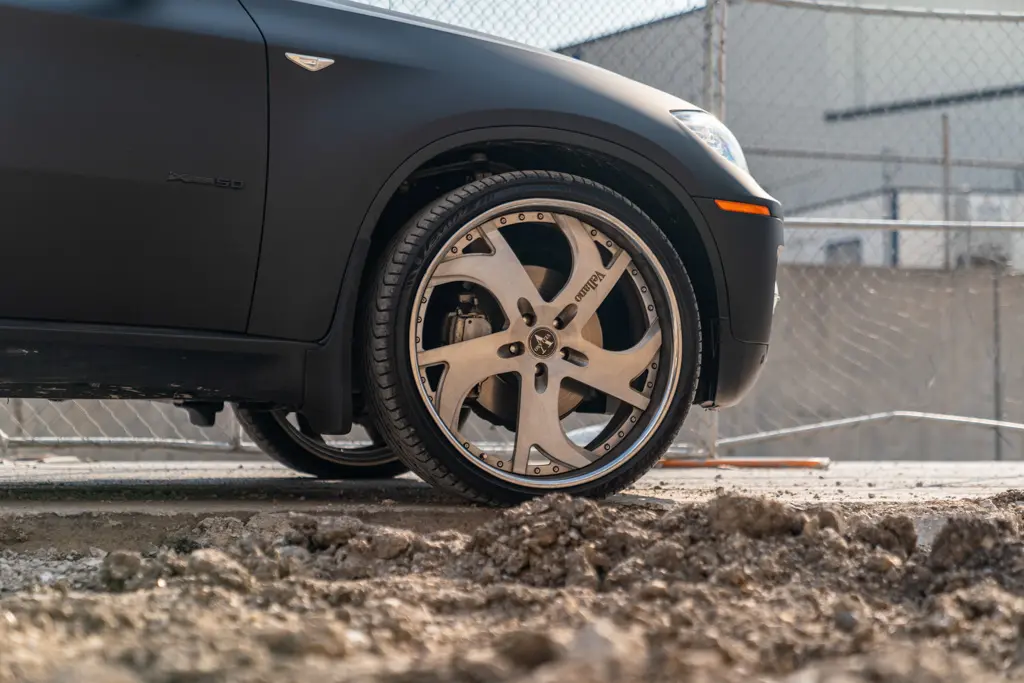
Adventurers treading beyond the beaten path choose custom solutions. Plus-sizing can give your truck a dapper look and sprightlier handling, pairing larger wheels with low-profile tires to maintain the original diameter. Up-sizing, on the other hand, can lead to taller tires that require bigger wheels and potentially vehicle computer reprogramming to keep everything in check. These larger-than-life tires raise your truck’s stature, bolster off-road visibility, and deliver an imposing aesthetic. However, such grand ambitions may call for extensive modifications, including lift or leveling kits, new wheels, and recalibration of the speedometer and tire pressure monitoring system.
For off-roaders, tire selection must consider all-terrain or max-traction options with deep treads for a steadfast grip on rugged landscapes. But be wary, as bigger tires can sway your truck’s handling, challenging stability during high-speed maneuvers and cornering. And a note of caution: straying far from recommended tire sizes may risk voiding manufacturer warranties, especially if suspension mods are in the mix.
A look at real-world examples
If you dive into the world of truck modification, you’ll find a community brimming with camaraderie and shared experiences. Off-road clubs and forum discussions buzz treads of trucks with larger tires. And it’s not uncommon for a well-known member to share their expertise with newcomers, further strengthening the bond within the truck community.
Beyond aesthetics, larger tires can turn an off-road challenge into a Sunday drive. As demonstrated in the above example, they effortlessly surmount obstacles that would stymie less equipped vehicles. With low prices, these tires become an even more attractive option for off-road enthusiasts.
Potential risks and legal considerations
With great tires comes great responsibility. Modifying your truck’s tire size can be attractive, but it’s wise to tread carefully, considering the potential risks and legal hoops. Modifications that flout local or state regulations can lead to unpleasant legal encounters, complete with fines or penalties. Furthermore, if your insurance company deems your tire modifications too extreme, it could lead to a voided policy, leaving you financially exposed in case of an accident.
Additionally, think of your truck’s future; lift kits and oversized tires might diminish their resale value, as not every buyer shares the same off-road dreams.
Now that we’ve learned all the intricacies of fitting the biggest tires on your truck, you’re ready to go. With careful planning and attention to legal and safety considerations, you can take your truck to new heights—literally and figuratively.
Frequently Asked Questions
Can you swap P-metric tires for LT tires on your truck?
Yes, if your truck came with OE P-metric tires, an upgrade to LT is possible, but not the other way around if it originally had LT tires.
What’s the difference between P-metric and LT tires?
P-metric tires prioritize on-road comfort and fuel economy, while LT tires boast a more rugged construction suited for heavier loads, though they may impart a stiffer ride.
What are the flotation tire sizes?
Flotation tires sizes are measured in inches, offering a clear distinction from the metric measurements used in standard tire sizes. Remember, ST tires are for trailers alone and should never find their way onto your truck. Upgrading from SL to XL tires is a green light for carrying heavier loads, but you should never downgrade from XL to SL.
Can I fit LT tires on my truck if it came with P-metric tires from the factory?
Yes, you can upgrade from OE P-metric tires to LT tires for a more durable sidewall, but make sure the tire size and load ratings are suitable for your vehicle.
Will switching from P-metric to LT tires affect my truck’s ride quality?
Switching from P-metric to LT tires may result in a firmer ride due to the stiffer construction of LT tires designed for heavier loads. Consider this factor when making the switch.
What’s the difference between flotation tire sizes and standard tire sizes?
Flotation tire sizes are expressed in inches and provide straightforward dimensions of tire height, width, and wheel diameter, while standard tire sizes use a combination of metric measurements for width and aspect ratio and inches for wheel diameter.
Can I use ST tires on my truck for better trailer towing?
No. You should not use ST tires on your truck for better trailer towing because they are designed specifically for trailers, not trucks or other motor vehicles.
Can I upgrade my vehicle’s tires from Standard Load (SL) to Extra Load (XL)?
Yes. It’s okay to upgrade from Standard Load (SL) to Extra Load (XL) tires if you need to carry a higher load. However, downgrading from XL to SL tires is not recommended for safety and performance reasons.
Are bigger tires better?
It depends on what you want from your tires. Wider ones with lower aspect ratios usually provide more handling and performance, but they affect the quality of the ride. Usually, a plus-one change (getting tires 1 inch larger) works the best in terms of performance. Every other inch offers little gains in handling but big losses in comfort.
Do larger tires make a car go faster?
Technically, yes, as larger tires have more distance on them to cover. With every revolution, they travel more than the smaller tires would. You might want to calibrate your speedometer after you get new tires, though. If you find the biggest tires you can fit on your truck and don’t work on the speedo, you may get wrong readings and accidentally go over the speed limit of your area.
How does tire and wheel size affect fuel economy?
It worsens the fuel economy, as it adds mass to the vehicle, so more fuel is needed to make it move. Also, larger tires mean more contact patch area, which increases rolling resistance. And the higher it gets, the more fuel the motor uses to break through it. According to the test, 19” and 15” wheels have a 1,8 mpg difference in fuel economy (21.1 mpg and 22.9 mpg). However, this loss isn’t big considering larger tires and wheels’ performance advantages.
Share the Knowledge
